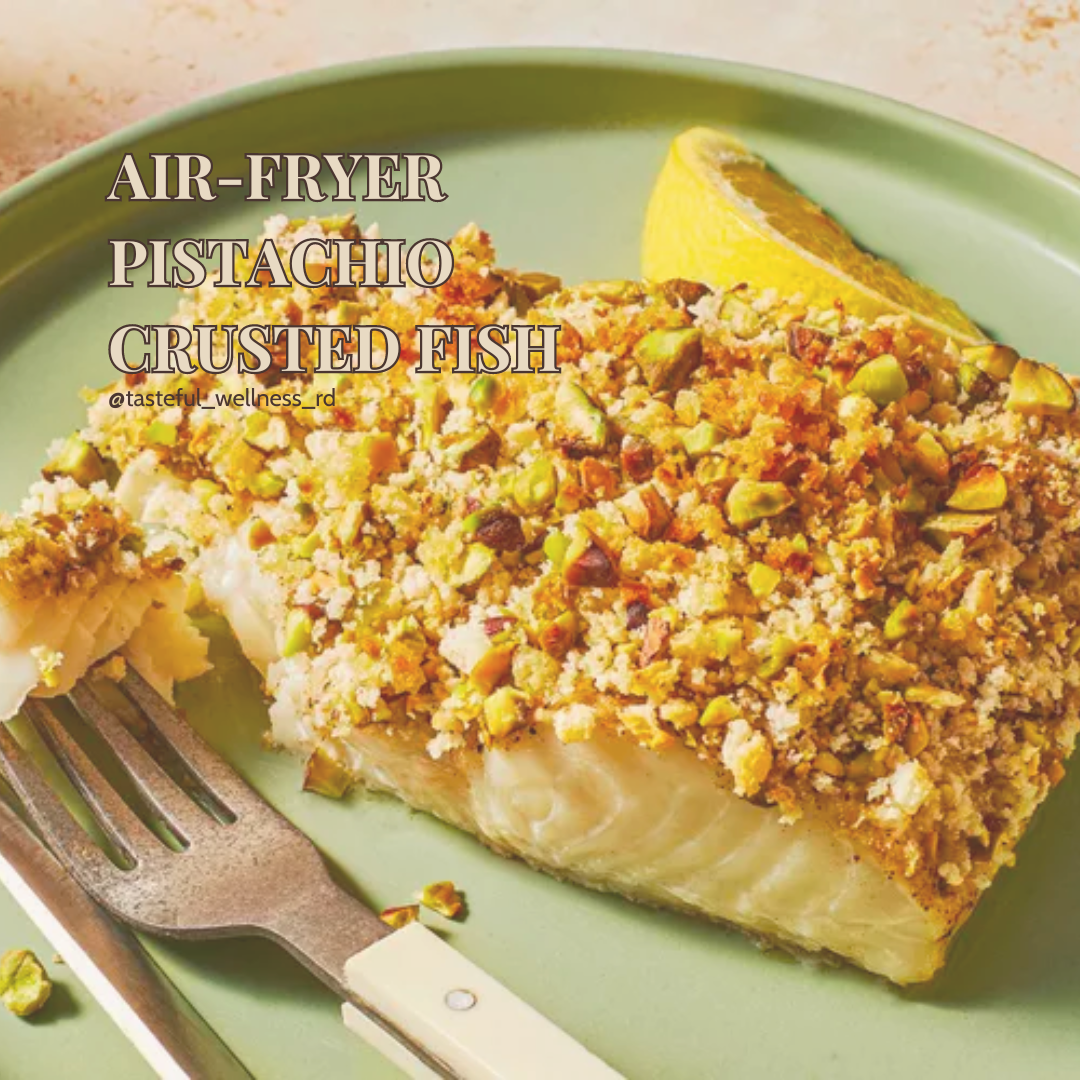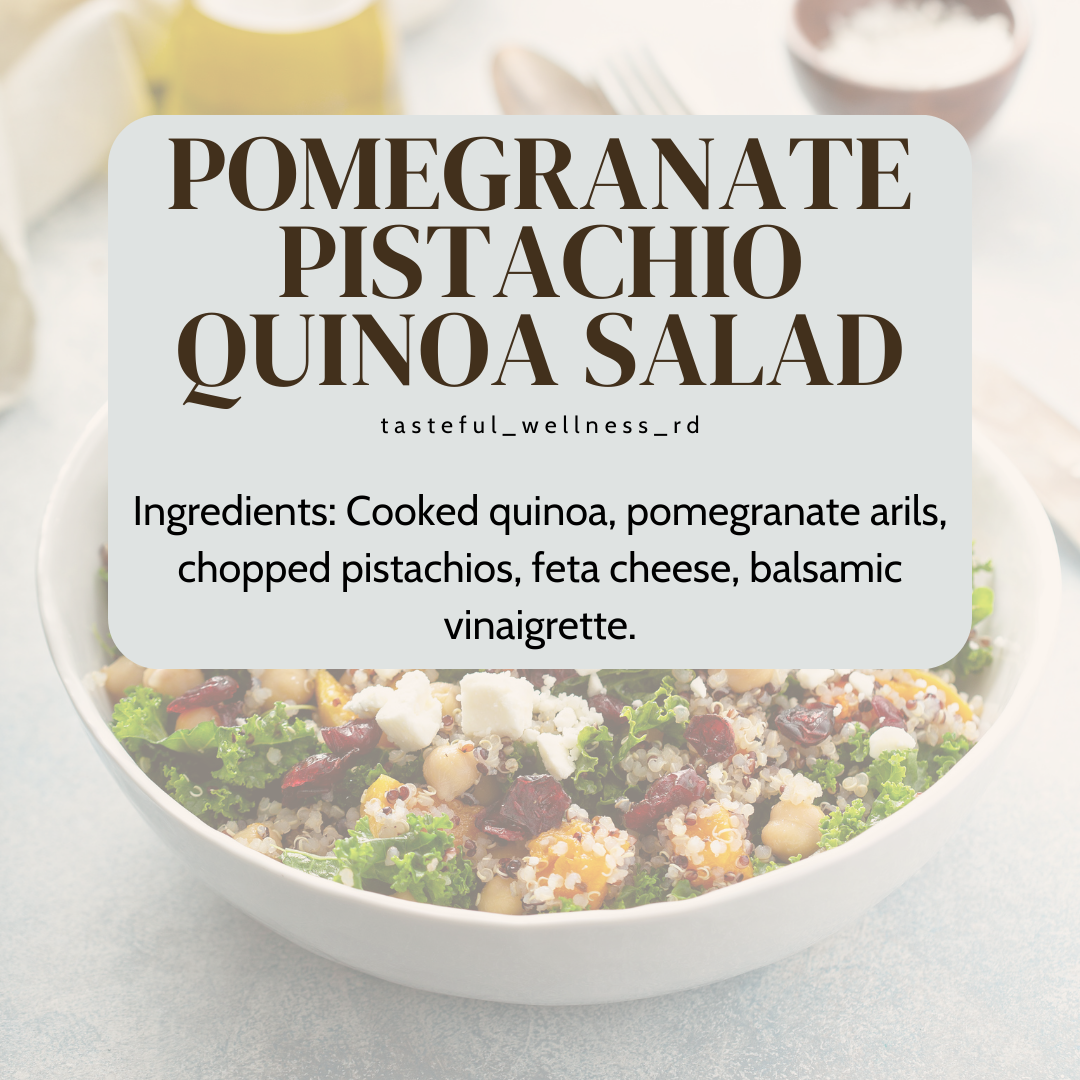Select Nutrient Dense Recipes
Meal planning is an essential skill that not only saves time and money but also contributes to maintaining a healthy lifestyle. A key aspect of effective meal planning is selecting recipes that prioritize nutrient-dense whole foods. Opting for recipes that incorporate a variety of vegetables, a whole grain, and a lean protein source ensures a well-balanced meal that provides essential vitamins, minerals, and sustained energy.
Add Balance
When exploring recipes, consider ways to enhance nutritional value by adding more vegetables. Whether it’s tossing extra greens into a salad, incorporating colorful bell peppers into a stir-fry, or including spinach in a pasta dish, increasing vegetable intake can elevate the nutritional profile of the meal. Additionally, choosing recipes with whole grains, such as quinoa, brown rice, or whole wheat pasta, adds fiber and complex carbohydrates, promoting satiety and supporting digestive health.
Recipe Modification
In the quest for healthier meals, don’t shy away from modifying recipes to suit dietary preferences or restrictions. For instance, swapping high-fat ingredients for low-fat alternatives or choosing lower-carb options can be simple yet impactful adjustments. This allows for flexibility in meeting individual nutritional goals without compromising on taste. By being mindful of ingredient choices, meal planning becomes a customizable and sustainable approach to maintaining a healthy diet.
Fortifying Canned/Frozen Meals
Furthermore, meal planning doesn’t always have to involve intricate recipes. Fortifying store-bought frozen meals or canned soups with additional nutritious elements is a convenient way to save time without sacrificing health. For example, enhancing a frozen fried rice package by adding another bag of frozen vegetables and edamame during the heating process not only increases the meal’s vegetable content but also contributes plant-based protein. This approach makes meal planning accessible to individuals with varying levels of culinary expertise, proving that a nourishing diet can be achieved through a combination of homemade and convenience options.
Sample Meal Plans
Breakfast: Scrambled Eggs w/ Toast
- Scrambled eggs (2 large eggs) with spinach and tomatoes cooked in olive oil
- Whole grain toast (1 slice)
Mid-Morning Snack: Apple w/ Almond Butter
- Apple slices with almond butter (2 tablespoons)
Lunch: Chicken with Quinoa, Steamed Vegetables, Hummus
- Grilled chicken breast (4 oz) with quinoa (1/2 cup)
- Steamed broccoli and carrots (1 cup)
- Hummus (2 tablespoons) with cucumber slices
Afternoon Snack: Cottage Cheese with Pineapple
- Cottage cheese (1/2 cup) with pineapple chunks
- Handful of raw almonds
Dinner: Baked Salmon with Sweet Potato and Asparagus
- Baked salmon (4 oz) with sweet potato (1 medium, baked)
- Asparagus spears (1 cup) sautéed in olive oil
Evening Snack: Greek Yogurt
- Plain, non-fat Greek yogurt (1/2 cup) with a drizzle of honey
Breakfast: Chia Pudding
- 2 tablespoons chia seeds
- 1 cup almond milk
- 1/2 teaspoon vanilla extract
- 1/2 cup mixed berries (strawberries, blueberries, raspberries)
Mid-Morning Snack: Greek Yogurt Parfait
- 1 cup non-fat Greek yogurt
- 2 Tbsp. granola (watch for added sugars)
- 1/2 cup sliced strawberries
Lunch: Grilled Chicken Salad
- 4 oz grilled chicken breast
- 2 cups mixed salad greens (spinach, arugula, kale)
- 1/4 cup cherry tomatoes
- 1/4 cup cucumber slices
- 1/4 cup shredded carrots
- 2 tablespoons balsamic vinaigrette dressing
Afternoon Snack: Hummus and Veggie Sticks
- 2 tablespoons hummus
- 1 cup mixed vegetable sticks (carrots, bell peppers, cucumber)
Dinner: Egg Fried Rice
- 1 cup rice
- 1-2 eggs
- mixed vegetables & edamame frozen packs
- tablespoon coconut aminos, sesame oil
- clove of garlic
- dash of white pepper
Evening Snack: Spiced Roasted Chickpeas
- Oven/Air fryer roasted chickpeas in olive oil
- Suggested spices – nutmeg, cinnamon, honey



